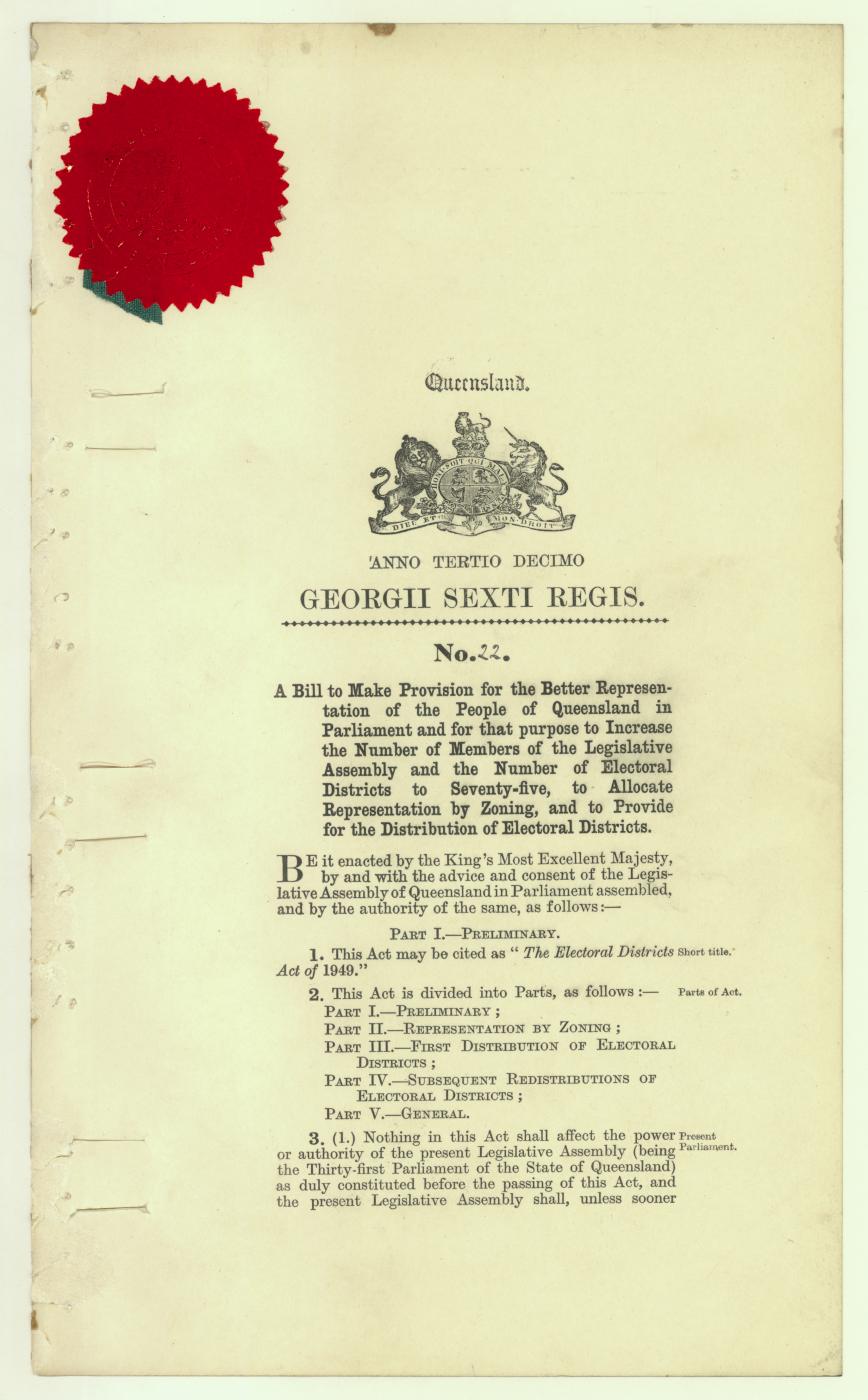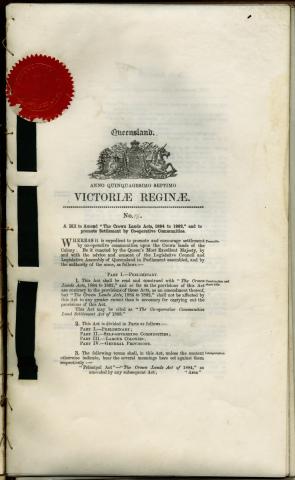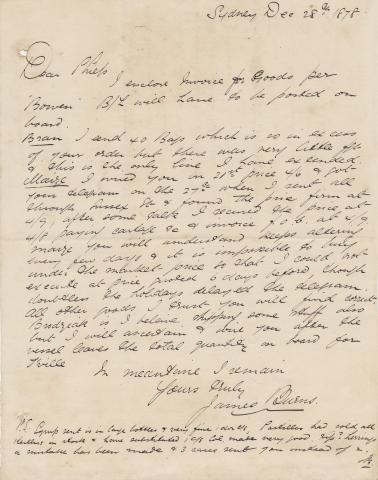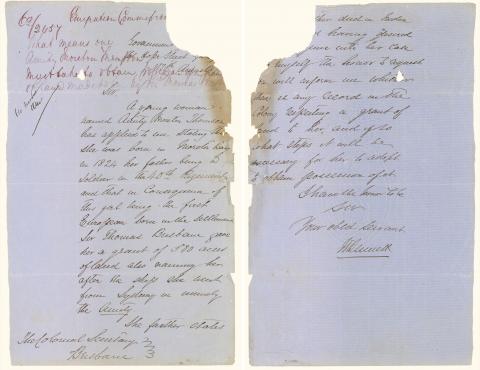
- Background
-
While the government led by A. E. Moore had set a precedent through electoral redistribution during its time in office from 1929 to 1932, Premier Edward Michael (‘Ned’) Hanlon’s Electoral Districts Act which passed through Parliament in 1949 can be considered the origin of Queensland’s infamous gerrymander. This legislation provided for Queensland to be divided into four electoral zones - metropolitan, south-eastern, northern and western - each of which had a different quota of constituents in every electorate. The northern and western zones which particularly favoured the Labor party had far lower quotas than the two southern zones. Hanlon also increased the number of seats in the Legislative Assembly from 62 to 75, only three of which favoured the Opposition. Moreover, the Bowen electorate held by Queensland’s only Communist Member of Parliament, Fred Paterson, was completely gerrymandered out of existence. At the 1950 State elections the Hanlon Government won 42 seats which represented only 46.87 per cent of the vote, but when Labor was eventually defeated in 1957 the gerrymander was to be further refined to keep them out of office for more than three decades.



